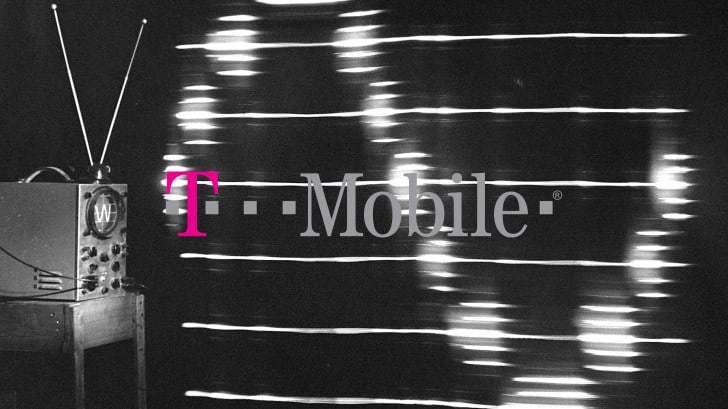
A fresh Big Tech boomlet has arrived.
Shareholders aren’t just seeing their stock prices swell, they are getting paid too. The dividend, its importance demoted over the past couple of decades by the tech boom, is having a moment again thanks in part to the same companies that made it passé.
In February, META (META) initiated a dividend, and Alphabet (GOOG, GOOGL) followed in April. And then came an increase from Apple (AAPL) last week.
But why are tech companies initiating payouts, and why now?
The dividend trend reflects the double role that tech giants hold in society and on Wall Street. They want to be perceived as growth engines, obsessed with frontier tech and fixated on reshaping the future. But they are also mature, cash-rich companies with market caps that start with a “T.”
The former fledglings are now apex predators, seasoned with decades of experience balancing new investments with their core business, which happens to be expanding to virtually every domain of life.
Startup versions of these companies would scoff at the idea of paying back a dividend. It suggests their growth days are behind them, that executives don’t have a vision for how to deploy their resources. But in this post-pandemic, pre-AI moment, Big Tech wants to prove they can do two things at once: build the infrastructure to dominate the coming era and show investors they have the fiscal discipline and confidence to return value consistently.
That the recent wave of dividend announcements has come alongside disclosures of ballooning AI spending reinforces the dual message.
But it also reflects a reenergized corporate America that has shaken off fears of the recession that never was. Earnings are rising and with it are massive stock buybacks. The recent wave of repurchases, including Apple’s record-breaking $110 billion plan, is the largest sum of buybacks since 2018.
“These companies have seen record profits for some time now and are finding value in passing that profit to shareholders rather than capex,” said Alex McGrath, chief investment officer at NorthEnd Private Wealth. “Not to say they are not still heavily investing in growth, but the cash flow has now reached a point where this begins to make sense.”
Shareholder payouts, even modest ones from the tech companies, also grant them entry into funds that require a dividend. They are broadening their pool of investors, drawing from portfolios that seek steady income from dividends and people who simply want to see the “number go up” on their brokerage accounts.
It was the staggering gains of internet companies that played a part in making the dividend seem stodgy and antiquated. Top members of the “Dividend Aristocrats” come from the consumer staples and industrials sectors. When you typically think of dividends, you’re disconnected from ideas of rapid growth, more risk, and big gains.
But the mega tech companies have changed. And so has what a dividend company looks like. Just look at Mark Zuckerberg’s glow up.
“If they keep the money internally, there is a tendency to have waste. By paying it out, it instills discipline,” said Jennifer Koski, professor of finance at the Foster School of Business at the University of Washington, who has been teaching dividend cases for the Big Tech companies since before Microsoft (MSFT) initiated its own in 2003. “The AI spending is their signal we still do have growth opportunities.”
In a sign of where things are headed, Koski is planning to teach her next payout policy case. This time, on Amazon (AMZN).
























